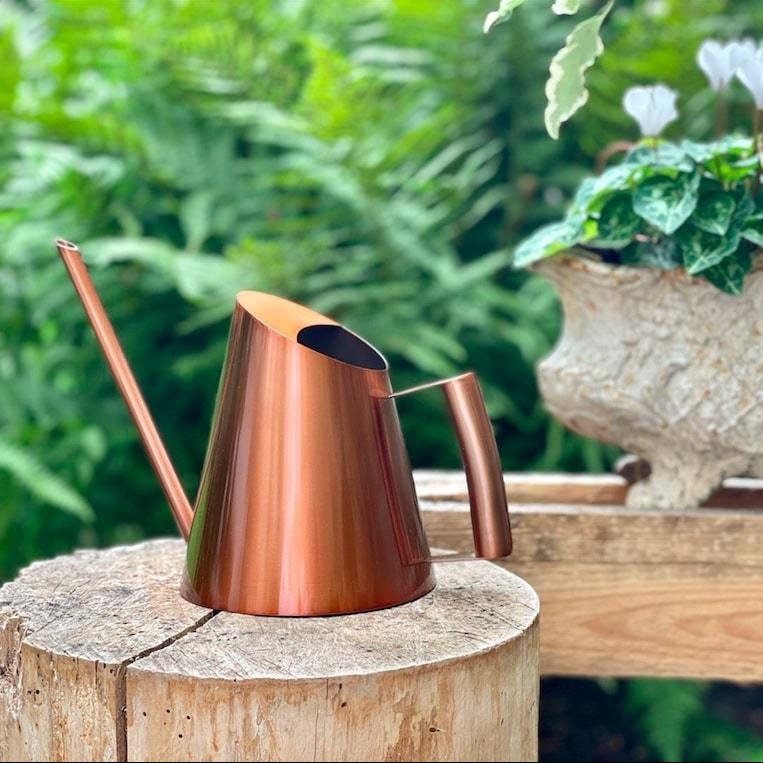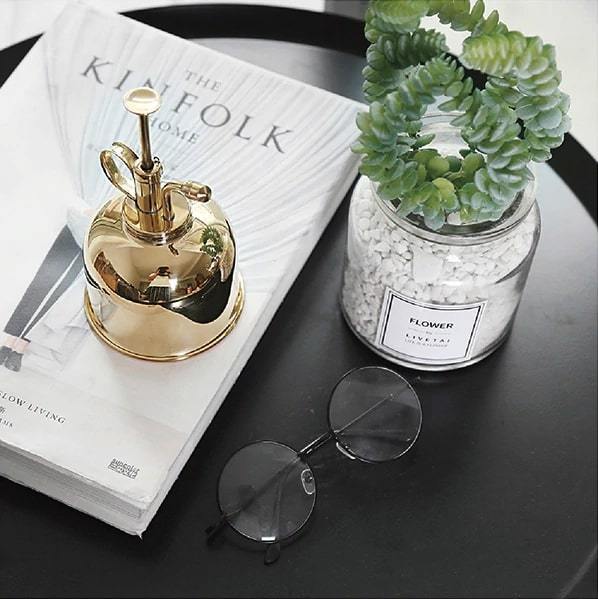
How to water basil?
of reading
Who hasn't ever bought a beautiful pot of bushy basil at the supermarket, only to see it wilt and turn black three days later in their kitchen?
Basil ( Ocimum basilicum ) is a diva. It hates being thirsty, but it hates having its feet in water even more. It loves the sun, but burns behind glass.
How to keep your "Royal Herb" alive for more than two weeks and make perfect homemade pesto? It's all in the art of watering.

1. Watering seedlings: The gentle method
Basil is easy to sow (in May or indoors all year round). But its seeds are tiny and fragile.
The fatal mistake: Watering with a bottle or a glass of water. The jet is too powerful, it displaces the seeds and drowns the embryo.
The solution: Until the plant has four true leaves, use only a spray bottle . The mist will moisten the soil without compacting it.
The essential tool for sowing seeds
To germinate your basil, you need to keep the soil consistently moist, but never waterlogged. Our sprayer delivers the perfect mist.
- ☁️ Micro-fine mist: Does not displace the seeds.
- 💎 Durable Brass: A professional mechanism that lasts for years.
2. Watering a mature plant: The golden rule
Once your basil plant is large, the rules change. It needs plenty of water, but there's a catch.
Never wet the leaves!
Unlike tropical plants, basil hates having wet leaves (especially in the evening). This encourages mildew and gray mold. If the leaves turn black, it's often due to stagnant water.
How to water without wetting?
This is where things get tricky: basil is a very dense plant. It's difficult to reach the soil through the foliage.
Go under the foliage
To water your basil safely, pour the water directly onto the soil. Our watering can with its fine spout slips between the stems without touching a single leaf.
- 🎯 Surgical Precision: Aim for the root, not the leaf.
- ✨ Copper-plated stainless steel: Hygienic and perfect for the kitchen.

3. The Gardener's Tip: The Bell
If you grow your basil outdoors or on a balcony, it is vulnerable to cold (as soon as the temperature drops below 10°C) and insects.
The solution? Create a mini-greenhouse. By covering your plant with a garden cloche , you maintain constant humidity (reducing the need for watering) and protect it from drafts, which it hates.
4. How often should I water?
Basil is chronically thirsty:
- In summer: Every day if the pot is small and exposed to the sun.
- Indoors: Every 2-3 days. The soil must remain moist.

SOS Basilisk: The telltale signs
- Leaves that are drooping limply: It is very thirsty! Water it immediately, it will perk up in 1 hour.
- Yellow or black leaves at the base: Too much water! The roots are rotting. Stop watering immediately, cut off the dead parts and let it dry.
Get your pestos ready!
Basil isn't so difficult once you understand how to care for it: plenty of light, regular watering, but never on the leaves.
See the Designer Watering Cans collection






